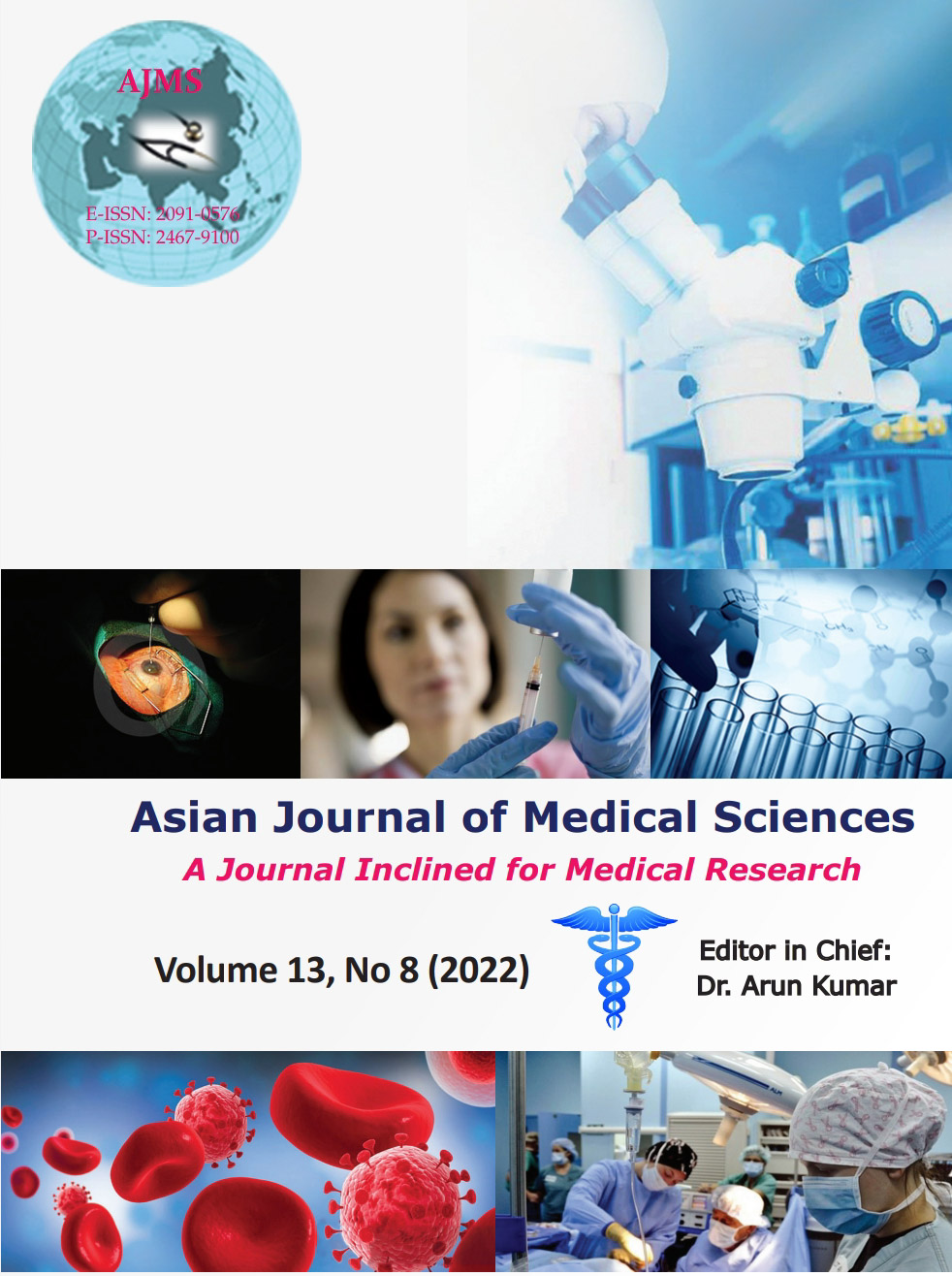Predictive ability of Framingham risk score in Indian population - A retrospective study in a tertiary care hospital in patients with first acute coronary syndrome
Keywords:
Acute coronary syndrome; Framingham risk score; Indian population; Predictive abilityAbstract
Background: Framingham risk score (FRS) is a widely recognized tool used by clinicians worldwide to determine and estimate the 10-year risk of manifesting clinical cardiovascular disease (CVD) of an individual and classify them into different risk categories on the basis of which necessary intervention can be taken. However, there is certain evidence questioning its predictive ability for risk stratification among ethnic Indian and Asian population.
Aims and Objectives: In this study, we wanted to determine the predictive ability of FRS in the Indian population and to assess how the risk score is associated with certain variables which are not included in original FRS.
Materials and Methods: It was a single institutional, retrospective, and observational study in patients with evidence (by ECG or Cardiac biomarker test -Preferably Troponin T) of diagnosis of acute myocardial infarction for first time. Eligible patients were assessed for their previous clinical records to calculate risk score as per FSR-coronary heart disease 2002. Predictive ability of FRS and association with different risk factors was tested for statistical significance.
Results: The most of the study participants (63.8%) had low risk and only 4.8% of study population had high risk for developing CVD. Patients in the low risk group had significantly better high-density lipoprotein profile than other risk groups (P=0.001). Mean systolic blood pressure was significantly higher in high-risk population (155 vs. 131 vs. 138 mm of Hg; P=0.005). The left ventricular ejection fraction was significantly lower in high-risk group (39.2% vs. 53% vs. 52%, P=0.008). Serum creatinine level was also significantly higher in high-risk group (P=0.03).
Conclusion: This clearly showed underestimation of FRS in prediction of CVDs in our study. Perhaps FRS needs a calibration and modified form with inclusion of other risk factors and parameters to determine and predict the future risk of development of CVD more accurately in Indian population.
Downloads
Downloads
Published
How to Cite
Issue
Section
License
Copyright (c) 2022 Asian Journal of Medical Sciences

This work is licensed under a Creative Commons Attribution-NonCommercial 4.0 International License.
Authors who publish with this journal agree to the following terms:
- The journal holds copyright and publishes the work under a Creative Commons CC-BY-NC license that permits use, distribution and reprduction in any medium, provided the original work is properly cited and is not used for commercial purposes. The journal should be recognised as the original publisher of this work.
- Authors are able to enter into separate, additional contractual arrangements for the non-exclusive distribution of the journal's published version of the work (e.g., post it to an institutional repository or publish it in a book), with an acknowledgement of its initial publication in this journal.
- Authors are permitted and encouraged to post their work online (e.g., in institutional repositories or on their website) prior to and during the submission process, as it can lead to productive exchanges, as well as earlier and greater citation of published work (See The Effect of Open Access).




